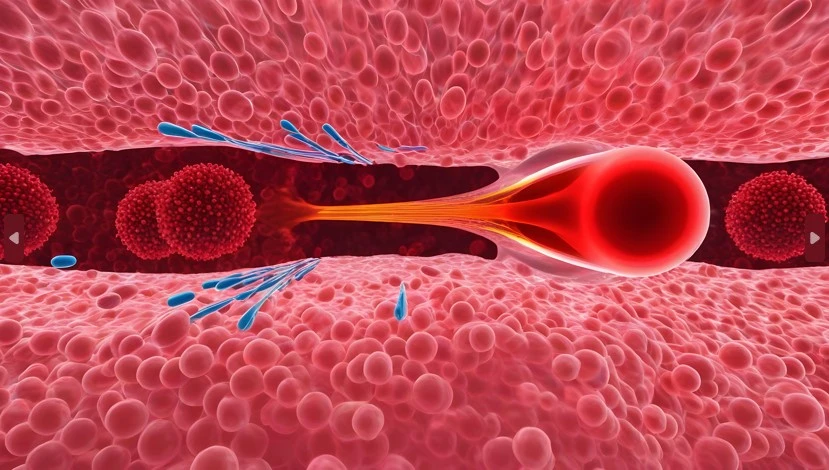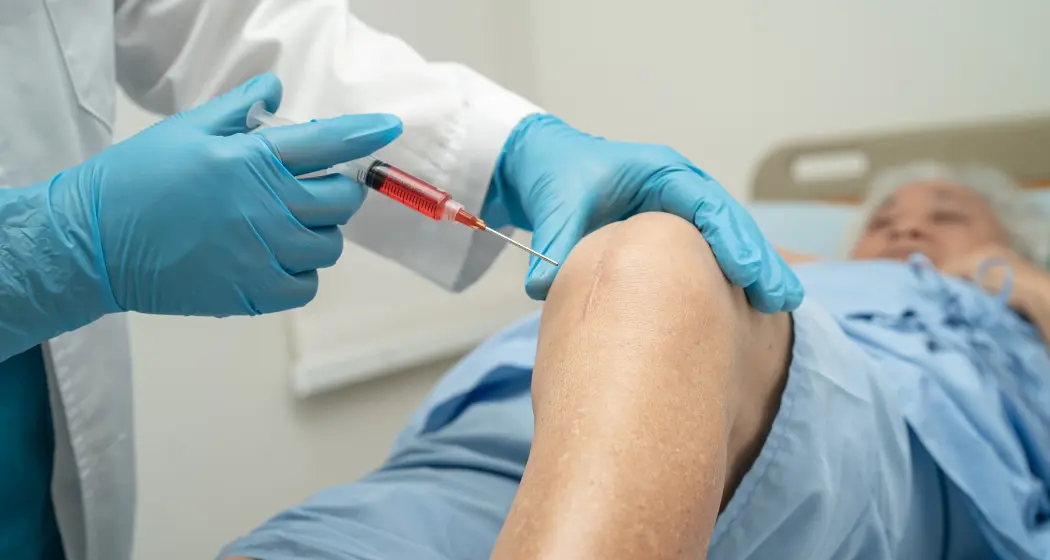Joint pain is a common condition that affects millions of people world wide, and Platelet-rich-plasma (PRP) has gained popularity as a non-surgical treatment option for joint pain. However, a question that is frequently asked to me by patients is how often PRP Platelet Rich Plasma Injections can and should be administered?
This is an amazing question, and determining that answer is crucial for effective pain management and long-term relief. In this blog, we will discuss and explore the factors influencing how often PRP should be administered. If you did not already know, PRP therapy involves the extraction of a patient’s own blood, which is then processed to separate the platelets from other blood components by spinning in a centrifuge.

Mechanism of Action: Platelets and Tissue Repair
The concentrated platelets are injected back into the affected joint, releasing growth factors that promote tissue repair and reduce inflammation. PRP therapy has shown promising results in alleviating joint pain and immensely increasing joint function on all joint types.
Now, let’s discuss what we all came here for, which is how often PRP Platelet Rich Plasma Injections can and should be done. The line that we have all heard before is that everyone’s body is different, but it truly is the case when it comes to determining how often PRP Platelet Rich Plasma Injections should be done! Each patient is unique, and their specific circumstances and condition will influence the recommended interval between PRP treatments. Let’s explore some key factors that healthcare professionals consider while determining the frequency of PRP administration.
- Condition Severity: The severity of joint pain is a crucial factor in determining how often PRP Platelet Rich Plasma Injections should be administered. Patients with mild to moderate pain may require fewer treatments compared to those suffering with chronic or severe pain. Mild cases may show significant improvement after just one or two PRP injections, while more severe cases may require a series of treatments over an extended period of time.
- Underlying Cause: The underlying cause of joint pain varies from person to person. Whether it is osteoarthritis, rheumatoid arthritis, a sports injury, or another condition, the cause of the pain can influence how often PRP can and should be administered. Some conditions may respond better to PRP therapy and require few treatments, while others may require more frequent injections to manage symptoms effectively.
- Treatment Response: The response to PRP therapy can vary from patient to patient. Some individuals may experience significant pain relief and improved joint function after just one or two injections, while others may require additional treatments to achieve the desired results. The response to PRP therapy is influenced by factors such as age, overall health, and the specific characteristics of the joint being treated.
- Individual Healing Rate: Each person’s body has its own unique healing rate. Some individuals naturally have a faster healing response, while others may take longer to see results. The healing rate can be influenced by factors such as age, overall health, lifestyle choices, and the presence of any underlying medical conditions. Patients with a slower healing rate may require PRP injections more often in order to achieve optimal results and pain relief.
- Treatment Plan and Goals: The treatment plan and goals set by the patient and their healthcare provider also play a role in determining how often PRP should be administered. Some patients may opt for a more aggressive treatment approach with more frequent injections to achieve faster pain relief and improved joint function. Others may prefer the more conservative approach spacing out the injections over a longer time period. The treatment plan should always be tailored to the individual’s needs and preferences.
- Long-Term Management: PRP therapy is not always a one-time solution for joint pain, but often can be! PRP is often used as part of a comprehensive treatment for long-term pain management. How often PRP is administered may be adjusted over time as the patient’s condition improves or changes. Regular follow-up appointments with the healthcare provider are essential in monitoring patient progress and making any necessary adjustments to the treatment plan.
Personal Success with PRP Platelet Rich Plasma Injections: Overcoming Knuckle Tendonitis
In my own personal experience, I had extremely painful tendonitis in my right knuckles for quite some time, with no relief from any anti-inflammatories or topical gels. My movement was incredibly limited, I could not squeeze a stapler or even use my right hand while I was driving. PRP Platelet Rich Plasma Injections was administered once every 3 to 4 weeks and I had a total of 3 injections and finally can say I have full relief from the pain in my knuckles!
This is a good example of a less aggressive treatment plan since the joint area is a small one and the degeneration was not too extreme. In the instance of a larger joint such as the back, hips, or knees, the frequency of how often PRP should be done increases and that is where the more aggressive approach would come into play. It is important to note that the frequency of administration of PRP differs entirely from any hyaluronic acid (HA) product or cortisone injections for a few reasons.
The main reason being strict limitations of either insurance, or health risk restrictions that affect how often those products can be administered. When it comes to insurance companies, most will only cover those injections once every 6 months and if you had relief and success with it, guess what? You have to wait 6 months before you can do it again.
Limitations of HA Injections: Joint-Specific Treatment Challenges
There is also a limit as to how many joints can be treated per visit with HA injections while at the doctor’s office! For example, if both of your knees are in excruciating pain, you need to decide which one you want to treat first and schedule yet another appointment to have the other knee injected – it is crazy! Health risks and side effects from HA injections are also not exactly an endearing route.
It is often patients are in more pain as opposed to the opposite upon getting these types of injections. Although that is never always the case, it happens often enough where it becomes deterring for the patient to want to try anything else which backs them into a corner where they feel they HAVE to suffer.
Navigating the Complexity: Factors Influencing PRP Platelet Rich Plasma Injections Frequency
To summarize, determining the optimal frequency of PRP injections for joint pain can be a complex process that involves considering several factors. The condition’s severity, underlying cause, treatment response, individual healing rate, treatment plan, and long-term management goals all influence how often PRP injections can/should be administered.
It is crucial for patients to work closely with their healthcare provider to develop a personalized treatment plan that takes into account these factors and ensures the best possible outcome in managing joint pain and becoming truly PAIN FREE!

